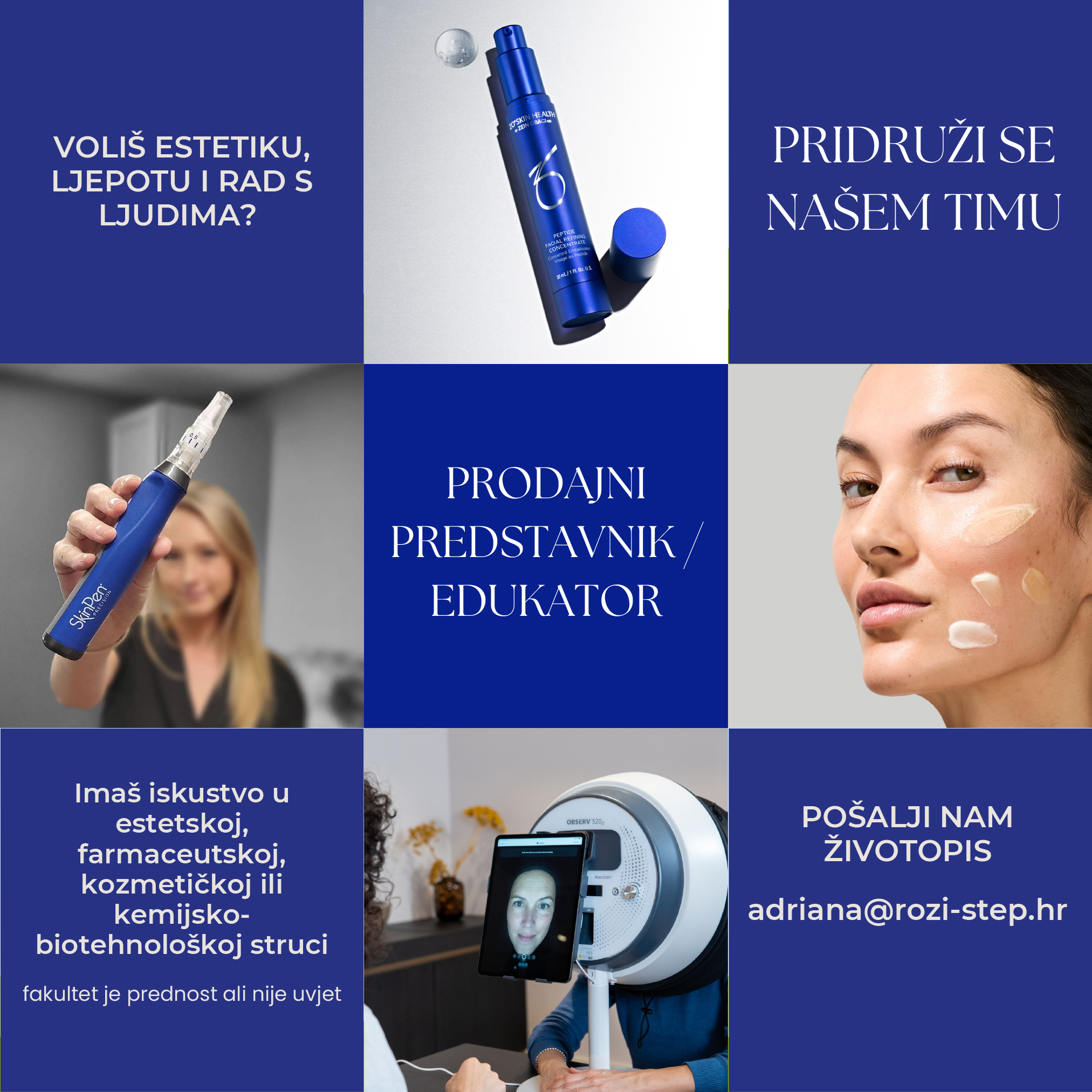 Moja Ortopedija Rozi Step
Moja Ortopedija Rozi Step

Skin Enemy #1
The sun presents a great conundrum for dermatologists and skin care professionals. On the one hand, it is the life-giving source of all natural living things. On the other hand, UV exposure is the cause of premature aging and, even worse, skin cancer.
It was once believed that only UVB was damaging because it causes the epidermis to burn and turn red. But now we know that UVA is equally damaging, if not more dangerous. UVA rays account for up to 95 percent of the UV radiation that reaches the Earth’s surface. They cause skin cancer by damaging skin cells called keratinocytes in the basal layer of the epidermis, where most skin cancers occur. In the past few years, the US FDA has required that all sunscreens sold in the US offer broad-spectrum protection against UVA and UVB.
Together UVA and UVB are responsible for sunburns and skin cancer. They also are responsible for every type of skin change that we consider normal aging, including fine lines, wrinkles, skin laxity, dark spots, freckles, coarse texture, and other discolorations. It also breaks down the elastin in the skin, causing it to sag and stretch. This is why the parts of your body that are regularly exposed to the sun look so different than the covered parts.
According to the Skin Cancer Foundation, protection is the first step in avoiding the damaging effects of the sun. Wear protective clothing, seek the shade when the sun is highest, and apply 1 ounce of sunscreen to your face and body every two hours when you are outdoors.
“Sun damage and skin cancer are the most common skin problems that we face,” says Dr. Zein Obagi. “They are on the increase, no matter how high the SPF.” In addition to broad-spectrum sunscreen, he believes that antioxidants can help skin fight the bombardment of aging free radicals. ZO® Skin Health Oclipse® Sunscreen + Primer SPF30 is a broad-spectrum sunscreen that also addresses the issues of inflammation and free radicals. It is a physical sunscreen, the best kind, and features titanium dioxide and zinc oxide for UVA/UVB protection. It also includes melanin, nature’s own skin protectant, which helps prevent melanocytes from having a negative response to UV.
Dr. Zein Obagi recommends that you treat your skin for excess sebum before applying sunscreen so it will stay in place, and apply sunscreen to dry skin.


